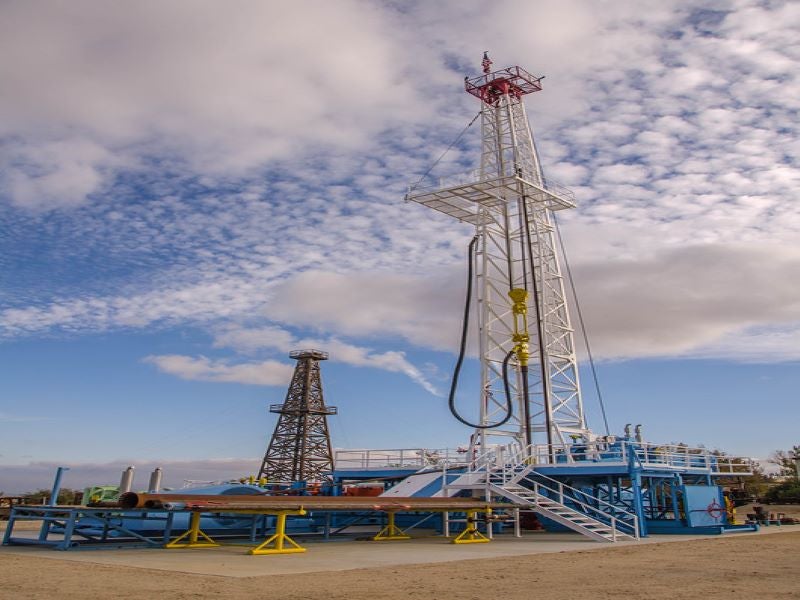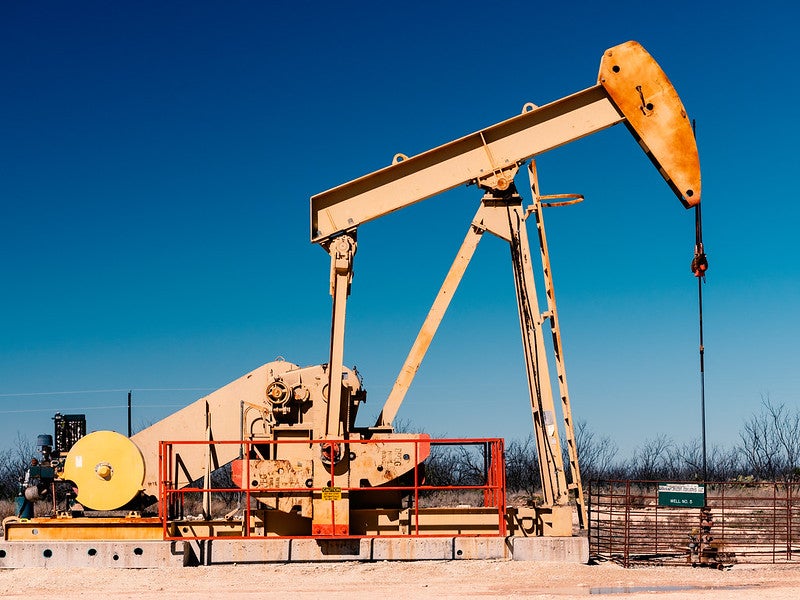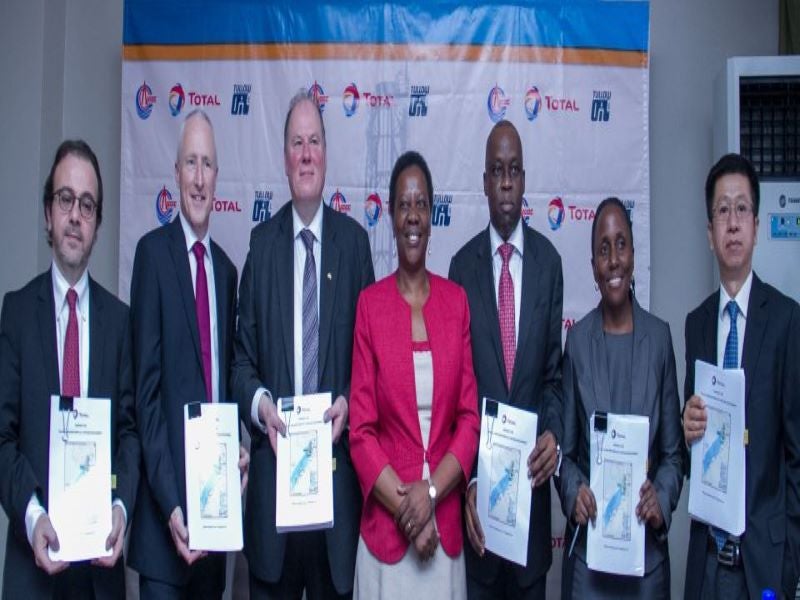The Tilenga oil fields development project is located in the Lake Albert region of Uganda. The final investment decision on the onshore oil development project is expected in 2021.
Total E&P Uganda, a subsidiary of Total, holds a 66.67% interest and is the operator of the Tilenga project and, while CNOOC Uganda, a subsidiary of China National Offshore Oil Corporation (CNOOC), holds the remaining 33.33% stake in the project. Uganda’s state-owned Uganda National Oil Company (UNOC), however, has an option to acquire a 15% interest in the project after the final investment decision.
The Uganda National Environment Management Authority (NEMA) approved the environment and social impact assessment (ESIA) report of the Tilenga project in April 2019.
Total’s interest in the Tilenga project increased from 33.33% to 66.6% after it completed the acquisition of Tullow’s assets in Uganda in November 2020.
Location and site details
The Tilenga development project is located in the Buliisa and Nwoya districts in the Lake Albert region, western Uganda. The project is situated in Contract Area CA1, License Area LA-2 (North) at the northern end of the Albertine Graben sedimentary basin.
The project site is expected to be spread over approximately 1,174ha. Total announced to voluntarily reduce the footprint of the Tilenga project in Uganda’s Murchison Falls National Park in March 2021.
Tilenga field development plan
The Tilenga onshore oil project involves the development of six oil fields, a central processing facility, and associated infrastructure. The six oil fields are Jobi-Rii, Ngiri, Gunya, Kasemene-Wahrindi, Kigogole-Ngara, and Nsoga that are planned to be developed with up to a total of 400 water injector and production wells drilled from 31 well pads.
The well stream will be transported via flowlines from the well pads to the proposed central processing facility of 190,000 barrels of oil a day (bopd) capacity in Ngwedo sub-county of the Buliisa district. The total length of the flowlines is expected to be more than 160km.
The supporting infrastructure for the project includes a Lake water abstraction station and a crossing over Victoria Nile. The Jobi-Rii field is located north of the Victoria Nile River, while the other fields are situated south of the river.
The central processing facility will separate oil, water and gas from the well stream. The gas will be utilised to produce electricity for the processing facility, while the water will be re-injected into the fields.
Oil export from Tilenga
The proposed 95km-long, 24in-diameter, electrically trace heated (ETH) Tilenga feeder pipeline will transport the crude oil from the Tilenga central processing facility to the proposed East African Crude Oil Pipeline (EACOP) pumping station in the Kabaale Oil and Gas Industrial Park, in the Hoima district, in Western Uganda.
The 1,443km-long, 24in-diameter EACOP pipeline will transport up to up to 230,000bpd of crude oil from Kabaale to the Chongoleani peninsula near the Tanga port in Tanzania for export to international markets. The length of the Uganda section of the pipeline will be 296km, while that of the Tanzania section will be approximately 1,147km.
Contractors involved
Technip, CB&I, and Fluor, in partnership with China Petroleum Engineering and Construction Corporation (CPECC) were awarded the front-end engineering design (FEED) contracts for the Tilenga project in January 2017. The companies submitted the FEED report in July 2017.
CB&I and Flour commenced phase two FEED works for the project in October 2017.





